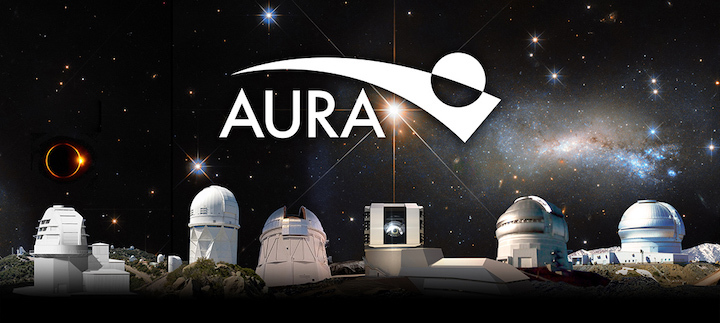7.06.2019

The Association of Universities for Research in Astronomy (AURA) is the managing organization for many ground-based telescopes for National Science Foundation (NSF), both extant and under construction. We note that the launch of the Starlink system may have impacts on the observational capabilities of these facilities.
One facility is the Large Synoptic Survey Telescope (LSST), under construction by NSF in Chile and slated to begin wide-field imaging of the sky in 2021. LSST will create an astronomical survey that depends on dark skies for its core science. LSST’s frequent imaging of the same region of sky will be a mitigating factor for Starlink interference, providing enough uncontaminated images to reject the images that contain satellite trails or other anomalies.
In the case of the full constellation of Starlink satellites, initial calculations show that LSST images would, on average, contain about one satellite trail per visit for an hour or two after sunset and before sunrise. A very conservative upper limit on the number of LSST pixels affected by Starlink satellites is about 0.01%, and quite likely smaller. Therefore, for LSST, even a constellation of about 10,000 Starlink satellites would be a nuisance rather than a real problem.
We emphasize, however, that the impact of satellite constellations on other AURA telescopes that have wider fields, longer exposures, and/or less sophisticated data processing pipelines may be much more significant. Furthermore, Starlink may be only the first in a series of new technologies that could impact LSST and other ground-based astronomy facilities.
We believe that the design and implementation of these constellations should be undertaken in consultation with the astronomical community to minimize their impact. For a discussion of broader impact of satellites on research in astronomy, please see a statement on satellite constellations by the International Astronomical Union.
Quelle: AURA
